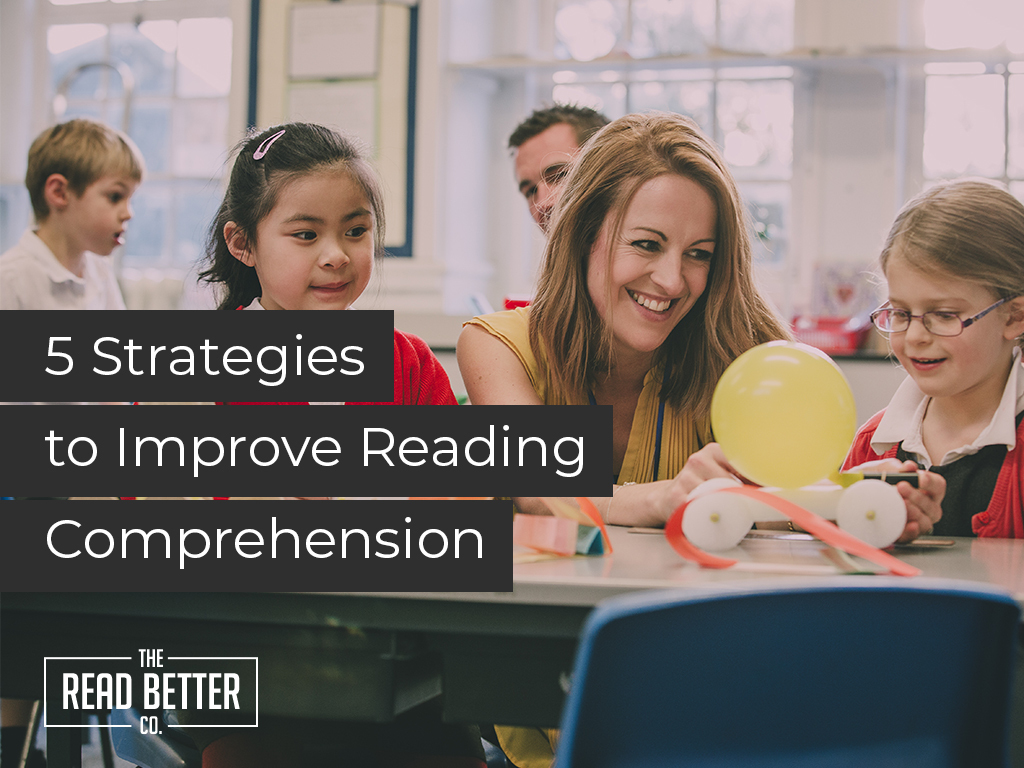Students not understanding what the teacher is explaining is a common problem. The task becomes especially tedious for teachers when they have to teach a batch of 30 or more students. After all, not every child has an equal understanding. But, how can a teacher let go of the lessons if his pupils won’t understand? To ease your dilemma, here we bring 5 commendable teaching strategies for improving reading comprehension.
Teach metacognition
Metacognition is the awareness of one’s own thought process. Before starting to read, explain and try to induce the habit of thinking about what they are going to read. It may sound difficult, but, instead of clueless reading, researchers also support having a little knowledge of the subject brings better further understanding.
Generate stop points
Ask your students to stop reading after a while and backtrack to what they have read so far. Monotonous reading is equal to not reading. Student’s reading comprehension develops when they try to understand the text paragraph by paragraph, then page by page, and finally chapters by chapters.
Ask questions
Asking questions from the paragraph or page is the best way to judge whether your students are understanding a topic or not. If they are unable to answer, explain in a different way. Students involuntarily learn this technique and later on, when they’ll start comprehending on their own, they are sure to put different approaches of learning.
Encourage discussions
Let the students read a lesson and discuss among themselves. We learn best from our peers and the same thing is applicable for reading comprehension strategies too. It is also one of the best teaching strategies to make students learn through their imagination.
Use graphics and semantics
Visuals retain longer in the minds of children than the plain text. If you are teaching kindergarten, you can use cute visuals. While teaching higher grades, teachers can use storyboards, Venn diagrams, flowcharts, etc.
If you are specifically looking towards improving comprehension skills for the children above 11 years of age, this article could help.

